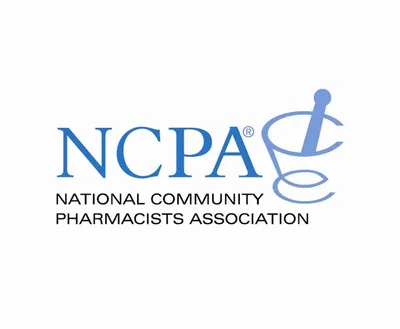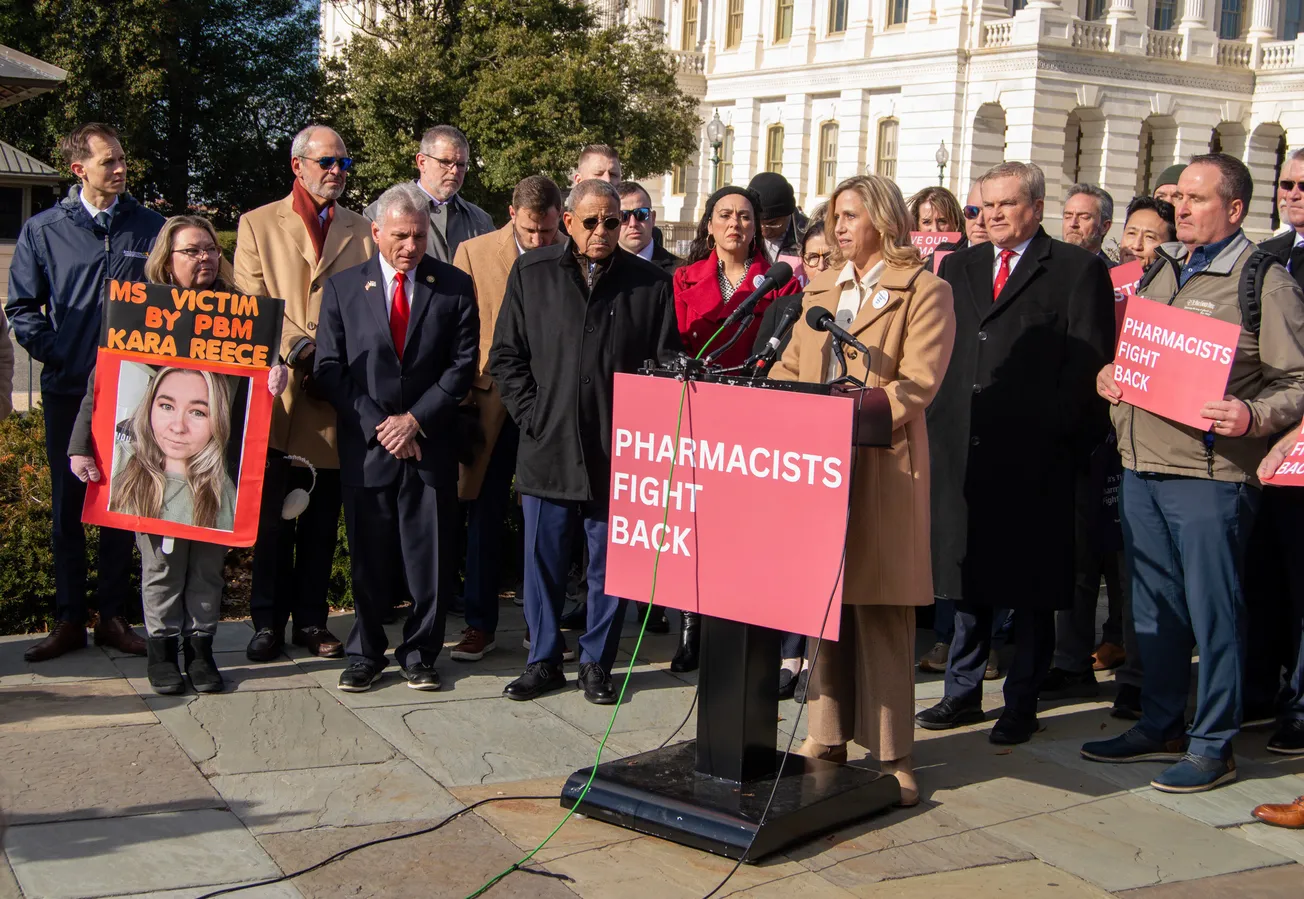ALEXANDRIA, Va. – As rumors swirl in Washington, D.C., that lawmakers may once again be punting on PBM reform, the National Community Pharmacists Association Tuesday released a survey showing many local pharmacies are running out of time.

B. Douglas Hoey
“Nearly a third of independent pharmacy owners may close their stores this year under pressure from plunging prescription reimbursements by big insurance plans and their pharmacy benefit managers,” said NCPA CEO B. Douglas Hoey. “This is an emergency. And if Congress fails to act again, thousands of local pharmacies could be closed within months and millions of patients could be stranded without a pharmacy.”
Community pharmacies have been battered for years by big insurance plans and their monopolistic pharmacy benefit managers. But the problems intensified this year under a new rule that is supposed to bring more transparency to the industry. On Jan. 1, provisions from a Centers for Medicare & Medicaid Services rule took effect requiring insurance plans and PBMs to apply all price concessions – called pharmacy direct and indirect remuneration fees – at the point of sale. Until this year, those concessions were applied well after the point of sale. The rule is intended to give pharmacies and patients more transparency on drug pricing. However, since it was approved in 2022, NCPA has been warning that the first quarter of this year would be perilous for community pharmacies because they would be hit simultaneously with a double-whammy: lower reimbursements on prescriptions at the point of sale resulting from a continued money grab from PBMs, and forced price concessions on prescriptions from last year.
With lower prescription reimbursements in one corner and higher back-end fees in the other, many community pharmacists are thinking about throwing in the towel. According to the new NCPA survey, 32 percent of all respondents say they are considering closing their doors in 2024 because of the cash crunch. Ninety-three percent say they may drop out of Medicare Part D in 2025 if this year’s experience continues, which would decimate patient access across the country, especially for senior citizens. More than half of all respondents say Medicare Part D prescriptions account for 40 percent or more of their business.
NCPA supported the CMS rule because it allows pharmacists to see their lowest possible prescription reimbursements up front, instead of being surprised months later with a huge bill for back-door DIR fees. But the organization anticipated that the insurance plans and their PBMs, which fought the rule, would make the transition as painful as possible. NCPA urged CMS in letters and meetings to require the insurance plans and PBMs to be helpful during the transition, and the agency issued guidance last year warning them against anything that would jeopardize patient access. NCPA also reached out to PBMs directly asking them to be flexible. As the survey results suggest, those entreaties were ignored.
“If a third of all community pharmacies close, and if more than 90 percent stop accepting Medicare Part D, it will be a catastrophe for seniors, a hardship for most other patients, and a devastating blow to the overall health care system,” said Hoey. “This demands immediate action by Congress and the administration.”
NCPA sent a letter to CMS today, outlining the problem in black and white: “In 2023, there were over 300 independent pharmacy net closures — almost one less pharmacy open for patients a day — and there are approximately 2,200 fewer retail pharmacies than there were four years ago. Increased vertical and horizontal consolidation of PBMs and health plans has caused severe inequities to pharmacies and Medicare Part D beneficiaries alike. These are startling developments. Action is needed to ensure independent pharmacies can continue to serve their patients.”
According to the survey, 99 percent of respondents say their prescription reimbursements have gone down since the rule took effect on Jan. 1. More than half say that insurance plans and their PBMs are reimbursing pharmacies less than the cost to purchase the drug for at least 3 of every 10 prescriptions they fill. Over half of pharmacy owners say they are losing money on over 60 percent of the Part D prescriptions they fill when the other costs of running a pharmacy, like rent, taxes, utilities and payroll, are added in.
Pharmacy owners are doing everything they can to avoid closing their doors. Forty-two percent got a line of credit to get them through the transition. Nearly 60 percent have had to use it. Many are cutting hours, reducing staff, and eliminating services. Nearly 70 percent, according to the survey, have had to dip into their personal savings.
When asked which PBM is causing the most financial stress in the Medicare Part D program, almost half identified Express Scripts, with CVS/Caremark coming in at 35 percent. Perhaps not so coincidentally, most respondents said they received letters from Walgreens, which is closely aligned with Cigna-Express Scripts, and CVS, a vertically aligned health care conglomerate that includes Aetna and Caremark, proposing to buy their pharmacies.
“There are bipartisan majorities in both chambers of Congress who support the reforms we’ve been pushing. Additionally, the CBO shows that one of those reforms will save taxpayers $1 billion. If policymakers are serious about drug prices, patient access and the federal budget, then ther







